Mikoyan-Gurevich MiG-23 Russian Air Force
Production Time 9 to 10 weeks
Shipment is by FedEx, UPS or DHL International Express Courier with a normal door-to-door delivery time worldwide of within 2-3 business days after dispatch. Due to the current volatility of world fuel prices, the amount mentioned here is our best estimate for DHL and UPS and may be subject to change at the time of shipping.

Model Description: Mikoyan-Gurevich MiG-23 Russian Air Force Wood Replica Scale Custom Jet Model
Manufacturer: Mikoyan-Gurevich OKB
Wingspan: 13.7 Inches (34.8 Centimeters)
Height: 4.7 Inches (11.9 Centimeters)
Scale: 1:40
$239.50
Production Time 9 to 10 weeks
-
United States dollar ($)
-
Pound sterling (£)
-
Euro (€)
-
Australian dollar ($)
-
Canadian dollar ($)
-
Singapore dollar ($)
-
Swiss franc (CHF)
-
Japanese yen (¥)
-
Danish krone (kr.)
-
Hong Kong dollar ($)
-
Norwegian krone (kr)
-
Swedish krona (kr)
-
United Arab Emirates dirham (د.إ)
General Product Description
Our PlaneArt Mikoyan-Gurevich MiG-23 Russian Air Force model exhibits unique, unrivaled quality and detailed design to come as close as possible to the accuracy of the actual plane. It comes as standard with a robust, durable base or stand which is available in a variety of different finishes designed to match your own personal requirements including solid wood, wood with polished metal supports or adjustable wood wall mount and will be ready within about 9-10 weeks from placement of order.
The Mikoyan-Gurevich MiG-23 Russian Air Force model is made of the finest kiln dried renewable mahogany wood (commonly known as Lauan or Meranti) which has undergone many stages of carving and meticulous and careful sanding giving the beautiful, finished museum quality masterpiece. Many collectors and model connoisseurs demonstrate their preference for genuine handmade and hand painted mahogany wood models rather than plastic or die cast (diecast) alternatives due to the overall look and totally different feel of the item - we trust you will find the same. We can however, if required produce the same model in Solid Cast Resin so just click and contact us for further information. Our craftsmen and gifted artisans ensure that our finely handcrafted model airplanes match the precise blueprint details of the original aircraft. The paint scheme, markings and parts are closely matched, reflecting the original aircraft. This stylish top-quality desktop replica model will surely enthrall anyone who receives this as a gift and for sure one of the most appropriate and desirably collectable gifts for any aviation enthusiast or avid military jet aircraft collector whilst also displaying a perfect resemblance to the actual real life version.
There are many types of military jet aircraft, but the basic types are bombers, fighters, fighter bombers, spotter planes, transporters, patrol aircraft, trainers, and reconnaissance and observation aircraft. All these types of aircraft are used for different types of missions. If you're a fan of historic or present-day military aviation, our model aircraft will bring the excitement and character of these aircraft right into your own home.
If you require, we can also make the Mikoyan-Gurevich MiG-23 Russian Air Force model in any other military, government or even private livery or colour scheme you require and if necessary, in a different size or scale. Just click here to contact us with a description or photographs of what you require, and we will let you have a quotation for the necessary customization by return email. We can also make bespoke scale replicas of any other private / civil commercial airliner or airliners, helicopter, glider, gliders with engines, military propeller, warplane jets, biplane, triplane, tail fin, spacecraft, rocket or NASA model you require in any airline, military or civilian livery or colors. We also produce model airships, blimps, dirigibles, blimps, boats, and ship collectibles. Wall plaque or seal for military, government or private customers. Again, by clicking here to contact us just let us know exactly what you need.
The Mikoyan-Gurevich MiG-23: A Pivotal Fighter in Russian Air Force History
The Mikoyan-Gurevich MiG-23, known by its NATO reporting name “Flogger,” has been a significant figure in the history of military aviation, particularly within the Russian Air Force and its predecessor, the Soviet Air Force. Designed in the late 1960s and introduced into service in 1970, the MiG-23 was developed to meet the dual requirements of achieving high speeds and being capable of variable-geometry wing operations, which made it highly versatile across various combat scenarios.
Design and Development:
The MiG-23’s design was revolutionary for its time, primarily because of its swing-wing feature which allowed the wings to change angle in flight, optimizing performance across different speeds and altitudes. This design was influenced by the need to improve takeoff and landing performance, especially on the less prepared airfields typical of the Soviet frontline divisions. The aircraft was powered by a single Khatchaturov R-35-300 jet engine, enabling it to reach speeds of Mach 2.35.
Its armament capabilities were equally impressive, equipped to handle a mix of air-to-air missiles, air-to-ground missiles, and conventional bombs. The MiG-23 was designed with a radar that could track and engage targets independently, a significant advancement at the time.
Operational History:
Throughout its service life, the MiG-23 has been deployed in numerous conflicts around the world, showcasing its capabilities in various international theatres. It played active roles during the latter years of the Cold War, where it was pitted against Western aircraft like the F-4 Phantom II and the F-16 Fighting Falcon. The MiG-23’s operational flexibility was tested in the harsh conditions of the Middle East and North Africa, where it was used by several Soviet-aligned countries.
The aircraft saw combat during the Soviet-Afghan War (1979-1989), where it was used primarily for ground-attack missions against mujahideen fighters. It was during these conflicts that the MiG-23’s capabilities and limitations were fully exposed, leading to various modifications and improvements over its production life.
Variants and Upgrades:
The MiG-23 was produced in several variants, each designed to enhance certain features of the base model. These included:
- MiG-23M (Flogger-B): An improved all-weather interceptor version with advanced radar and better armament capabilities.
- MiG-23ML (Flogger-G): A lighter version with an improved engine and avionics, enhancing its maneuverability and combat performance.
- MiG-23BN and MiG-23UB: Ground attack and trainer versions, respectively, which emphasized flexibility in combat roles.
Each variant ensured that the MiG-23 remained a formidable adversary and a valuable asset to the forces it served, adapting to the evolving requirements of modern aerial warfare.
Legacy and Decommissioning:
Although the Russian Air Force has mostly phased out the MiG-23, replacing it with more modern aircraft such as the MiG-29 and the Su-27, the MiG-23 remains in service with several countries around the world. Its legacy, marked by its unique design and significant impact on aerial combat tactics, continues to be studied and admired.
The MiG-23’s role in shaping fighter aircraft development during a critical period of military aviation history underscores its importance not only to the Russian Air Force but also to the global understanding of air combat dynamics. Its retirement in some air forces and continued use in others is a testament to its enduring design and adaptability, marking it as one of the most iconic fighter jets of the Cold War era.
| Weight | 6 kg |
|---|---|
| Dimensions | 17 × 13.7 × 4.7 in |

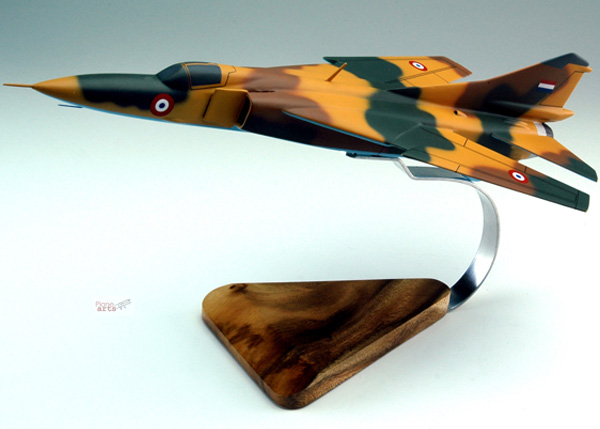
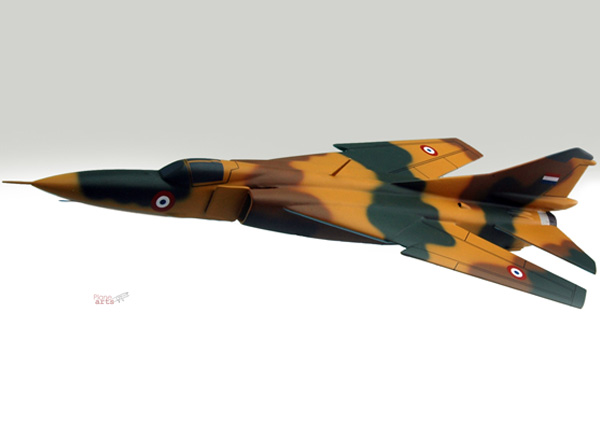
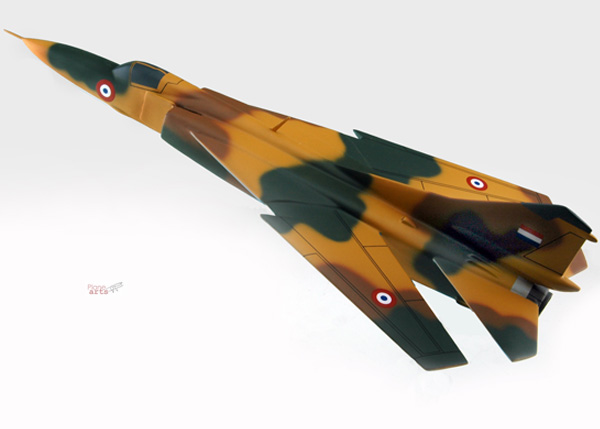
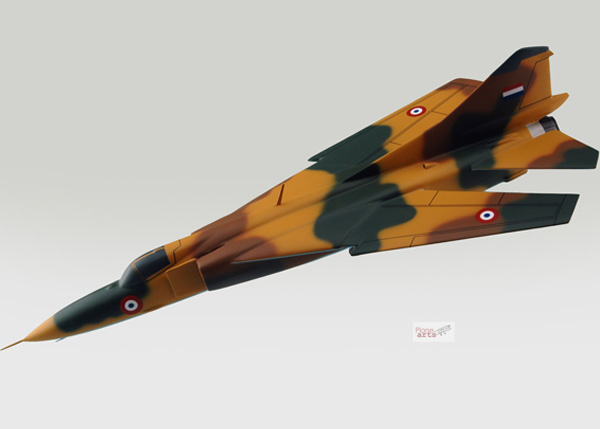
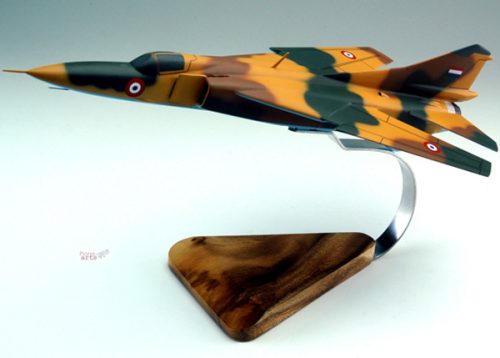

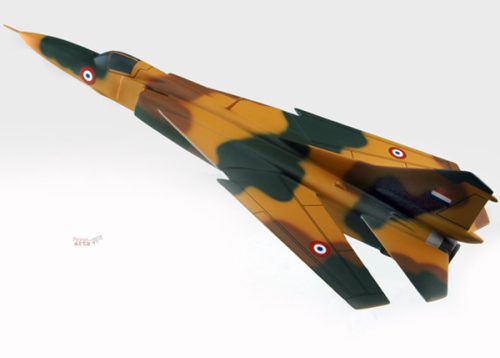
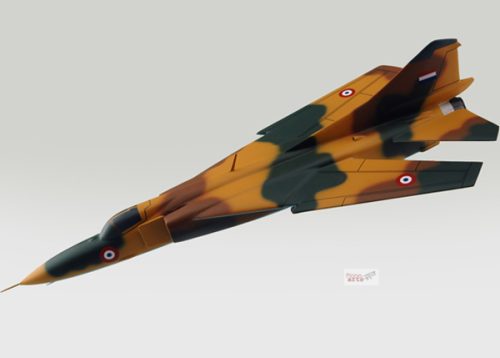
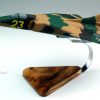
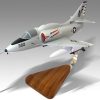
Reviews
There are no reviews yet.